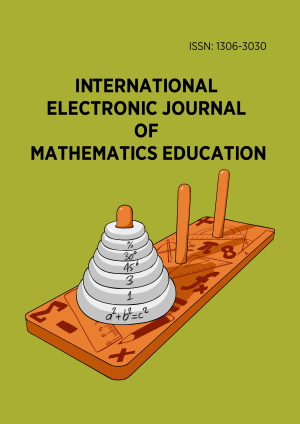Abstract
The article attempts to analyze the methodological basis of contemporary Chinese publications devoted to the study of ethnic culture in China. The authors identified a number of concepts specific to the Chinese ethnological discourse, such as "unified Chinese nation", "nationality", "small ethnicity", "middle state" which prove that ethnology in China is part of the state information strategy. Comparative analysis showed that instrumental use of ethnological knowledge is based on the two types of ethnic culture images. Some of them are directed "outside" and distribute images of the multi-ethnic state promoting the state image on the world stage. Other images are directed "inwards" and serve the purpose of creating the image of a "single" state united around the idea of the "single Chinese nation". In conclusion, the article proves that specifics of the Chinese ethnological science imply its application as a tool used to form the ethnic group aimed at centralizing the state, and therefore is viewed not only in terms of ethnological analysis, but also as the subject of analysis. Research findings contribute to a better understanding of methodological foundations of the Chinese ethnological science and the essence of Chinese policy toward ethnic cultures at the present stage. The authors indicate that ethnological science in China is understood as the most correct, understandable and effective public conviction method, aimed at the development of worldviews and ethnic ideals.
License
This is an open access article distributed under the Creative Commons Attribution License which permits unrestricted use, distribution, and reproduction in any medium, provided the original work is properly cited.
Article Type: Research Article
INT ELECT J MATH ED, 2016, Volume 11, Issue 5, 1321-1330
Publication date: 04 Aug 2016
Article Views: 2905
Article Downloads: 1889
Open Access References How to cite this article
 Full Text (PDF)
Full Text (PDF)